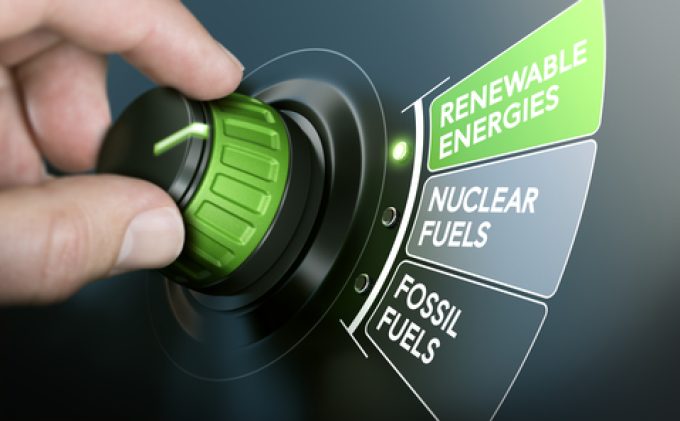'Bitter-sweet' MEPC 83 follows COP 29, narrowing scope of climate commitments
IMO’s Marine Environment Protection Committee (MEPC) 83 meeting, meant to establish robust mid-term decarbonisation measures, ...

There are two events of note in the fuel business today: CMA CGM has signed a biomethane waste-to-fuel agreement; and a survey by the Maersk McKinney-Møller Center shows almost 60% of seafarer respondents are willing to work on an ammonia-fuelled ship.
The deal between CMA CGM and French provider Suez will entail annual production and sourcing of 100,000 tonnes of bio-methane a year and creation of a joint $108m investment programme to support the fuel’s development.
Methane can be collected from off-gas ...
Asia-USEC shippers to lose 42% capacity in a surge of blanked sailings
USTR fees will lead to 'complete destabilisation' of container shipping alliances
New USTR port fees threaten shipping and global supply chains, says Cosco
Outlook for container shipping 'more uncertain now than at the onset of Covid'
Transpac container service closures mount
DHL Express suspends non-de minimis B2C parcels to US consumers
Zim ordered to pay Samsung $3.7m for 'wrongful' D&D charges
Flexport lawsuit an 'undifferentiated mass of gibberish', claims Freightmate

Comment on this article